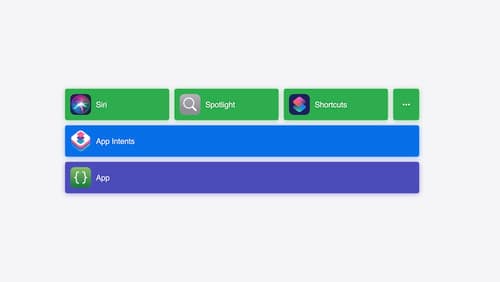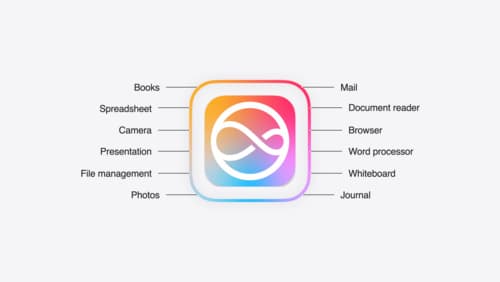How should restaurants leverage app entities?
Asked on 2024-07-31
1 search
Restaurants can leverage app entities to enhance their app's functionality and integration with other apps and services. Here are some ways they can do this:
-
Indexing in Spotlight: By indexing their app entities in Spotlight, restaurants can make their content easily searchable. For example, a restaurant app could index menu items, allowing users to search for specific dishes directly from Spotlight without opening the app. This can be achieved using the new
indexedentityprotocol, which allows app entities to be indexed and found through Spotlight's powerful semantic search. What’s new in App Intents. -
Transferable Entities: Restaurants can use the
TransferableAPI to make their app entities transferable. This means that entities like menu items or reservations can be converted into formats that other apps can understand, such as PDFs or images. This can facilitate sharing and data transfer between apps. For instance, a user could share a menu item as a PDF via email or convert it to an image to share on social media. What’s new in App Intents. -
Siri and Shortcuts Integration: By defining app entities and integrating them with Siri and Shortcuts, restaurants can enable users to perform actions using voice commands or shortcuts. For example, a user could create a shortcut to quickly order their favorite dish or make a reservation. This involves defining intents and entities that Siri can understand and act upon. Bring your app to Siri.
-
Universal Links: Restaurants can use universal links to represent their app entities, allowing users to access content whether or not they have the app installed. For example, a link to a specific menu item or a reservation can open directly in the app if installed, or in a web browser if not. This enhances the user experience by providing seamless access to content. What’s new in App Intents.
By leveraging these features, restaurants can create a more integrated and user-friendly experience, making it easier for customers to find, share, and interact with their content.

Introducing enterprise APIs for visionOS
Find out how you can use new enterprise APIs for visionOS to create spatial experiences that enhance employee and customer productivity on Apple Vision Pro.

Bring your app’s core features to users with App Intents
Learn the principles of the App Intents framework, like intents, entities, and queries, and how you can harness them to expose your app’s most important functionality right where people need it most. Find out how to build deep integration between your app and the many system features built on top of App Intents, including Siri, controls and widgets, Apple Pencil, Shortcuts, the Action button, and more. Get tips on how to build your App Intents integrations efficiently to create the best experiences in every surface while still sharing code and core functionality.

Bring your app to Siri
Learn how to use App Intents to expose your app’s functionality to Siri. Understand which intents are already available for your use, and how to create custom intents to integrate actions from your app into the system. We’ll also cover what metadata to provide, making your entities searchable via Spotlight, annotating onscreen references, and much more.
